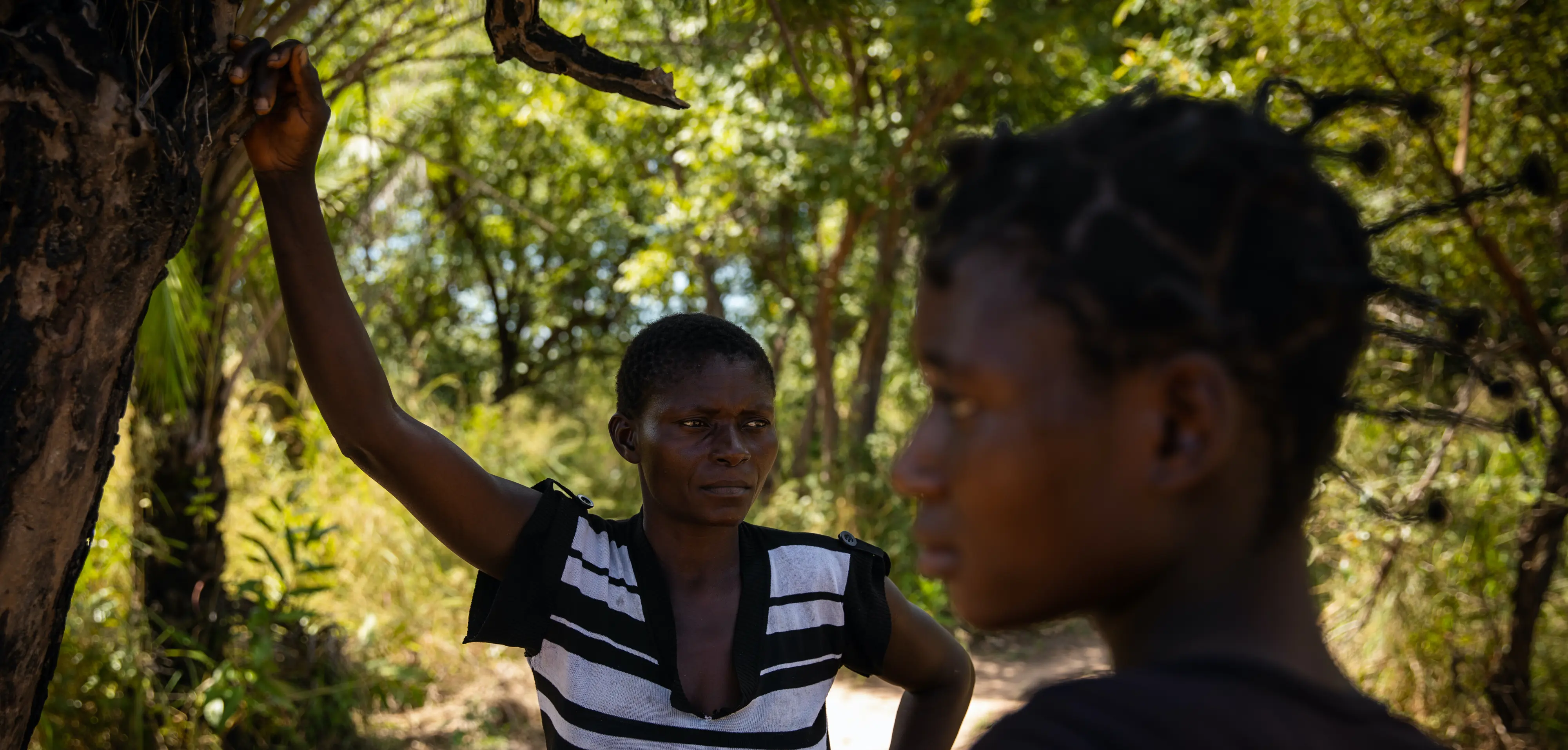Conflict is the single biggest driver of humanitarian needs today. In 2021, the International Year of Peace and Trust, we revisit Concern’s Humanitarian Policy Advisor Dr. Caitriona Dowd’s links between poverty and conflict (originally published in 2018) — and why we need to break the cycle.
In 2018, we wrote that violent conflict was on the rise over the past decade. In just a few years, that number has not gone down. By some estimates, the number of countries involved in civil war or international conflict is the highest it’s been in 30 years.
The effects of conflict go far beyond physical violence, and the cost is clear: Over 80% of humanitarian funding goes to conflict-affected contexts. In 2018, Concern dedicated a major study on how conflict is experienced by people closest to crisis, especially relating to displacement and conflict and hunger. We collected accounts from Afghanistan, Central African Republic, Haiti, Lebanon, South Sudan, Somalia, and Syria that were published in our report Breaking the Cycle. In this report, we reached three major conclusions about the challenges faced by communities during a conflict:
- Conflict’s reach goes far beyond the scope of physical violence alone, transforming (and often destroying) economies, social networks, and household support systems far from the frontlines.
- Conflict is gendered: It affects women, men, youth and people from vulnerable groups in starkly different ways that often reinforce existing inequities.
- Conflict’s legacy lasts much longer than violence alone, affecting the likelihood of return and the success of reintegration and reconciliation long after stability is re‑established.
Here, we break that down a bit more with 8 major ways that poverty is shaped by conflict — and why the cycle of conflict must be stopped.
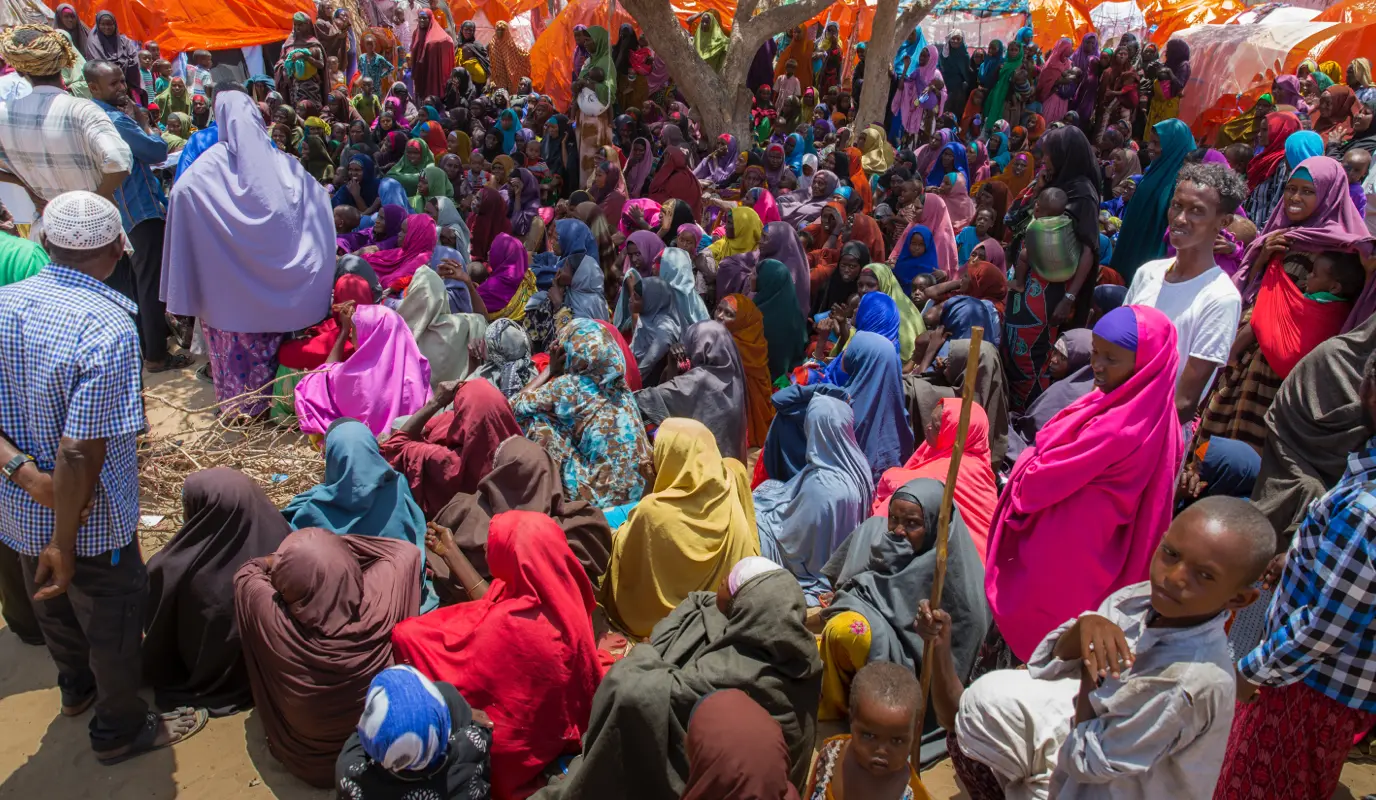
1. Conflict drives displacement…
Conflict has a devastating, and long-lasting, impact on food security and stability in areas of acute violence. In Somalia, Faduma* told us about the years of intermittent sieges she had experienced. These periods of conflict restricted trade, population movement, and humanitarian access in her town, leaving families such as Faduma’s vulnerable to attacks, unable to escape.
For others, like Syrian mother of six Laila*, displacement is an ongoing routine as frontlines shift. By 2018, Laila’s family had been displaced six times in as many years due to the protracted civil conflict in Syria, moving throughout the country in a near-constant search for safety.
2. …and destroys social structures in the process
The effects of these forced migrations can be felt even in communities far from the frontlines, where economies, social networks, and household support systems all suffer.
“If you didn’t have something, your relatives could help you. Now, you only struggle for yourself,” one farmer in South Sudan explained. Since the young country has faced ongoing crisis and political instability, however, those systems of support and solidarity have been all but destroyed:
“Before, we used to help each other.… The community used to sit together, see who is very poor, and help that person. Now, for this life, our current life, it is much harder than before.”
3. Conflict is responsible for more than half of the world’s hunger levels
Hunger and conflict are also inextricably linked: In 2017, 124 million people faced crisis-level food insecurity, with conflict the main cause for 60% of cases of acute food insecurity. Also in that year, 20 million people risked famine in Yemen, South Sudan, Somalia, and northeast Nigeria — all areas that were also in acute conflict.
Faduma, who spoke of how conflict prevented flows of trade, migration, and humanitarian aid above, also noted that this instability led to hunger: “The [armed group] imposes excessive tax on our products which caused me not to earn enough income to feed my children.” Concern’s emergency mobile cash transfer system allowed financial aid to reach Faduma, and 400 families like hers in the area, to offset these higher costs. She purchased shelf-stable food along with two goats for milk.

4. Conflict is especially hard for women and girls…
While conflict can be devastating for entire households, communities, and countries, it also has different impacts on different groups, especially women and girls. At the onset of conflict and initial flight, women and girls are often targets for sexual assault and gender-based violence. They may also be denied access to basic services based on their gender.
Gender inequity can also combine with other forms of marginalization and vulnerability — such as those faced by disabled women and girls — for an even greater impact. That’s what Bernadette*, a mother of two who had a preexisting disability that affected her ability to walk, faced. During an attack on her village near the town of Kouango in the Central African Republic, she recalled: “Only a few disabled people stayed. They committed abuses and raped girls. I had to hide my daughter under the bed. I lost everything.”
After a conflict ends, returning to a neighborhood — or starting over in a new community — can also be especially hard for women and girls. These challenges can range based on their social roles and status as mothers, widows, property owners, or survivors of violence.
5. …but its impact on men and boys has a gendered component as well
Conflict and gender isn’t exclusively about women and girls. The effects of war and displacement on men and boys are also profoundly gendered. Both are at risk for forced recruitment, and even if they aren’t forced to fight, the psychological impact can be just as severe. Men have reported to us a feeling of shame and helplessness in the face of their own perceived failure to protect and provide for their families. This can also lead to them taking out those frustrations on their family.
Women cannot be expected to bear the burden of social change alone. Men must be engaged as allies in the fight against gender-based violence and harmful gender roles, and in the work of truly transforming gender relations. This is especially true in a crisis situation such as conflict.
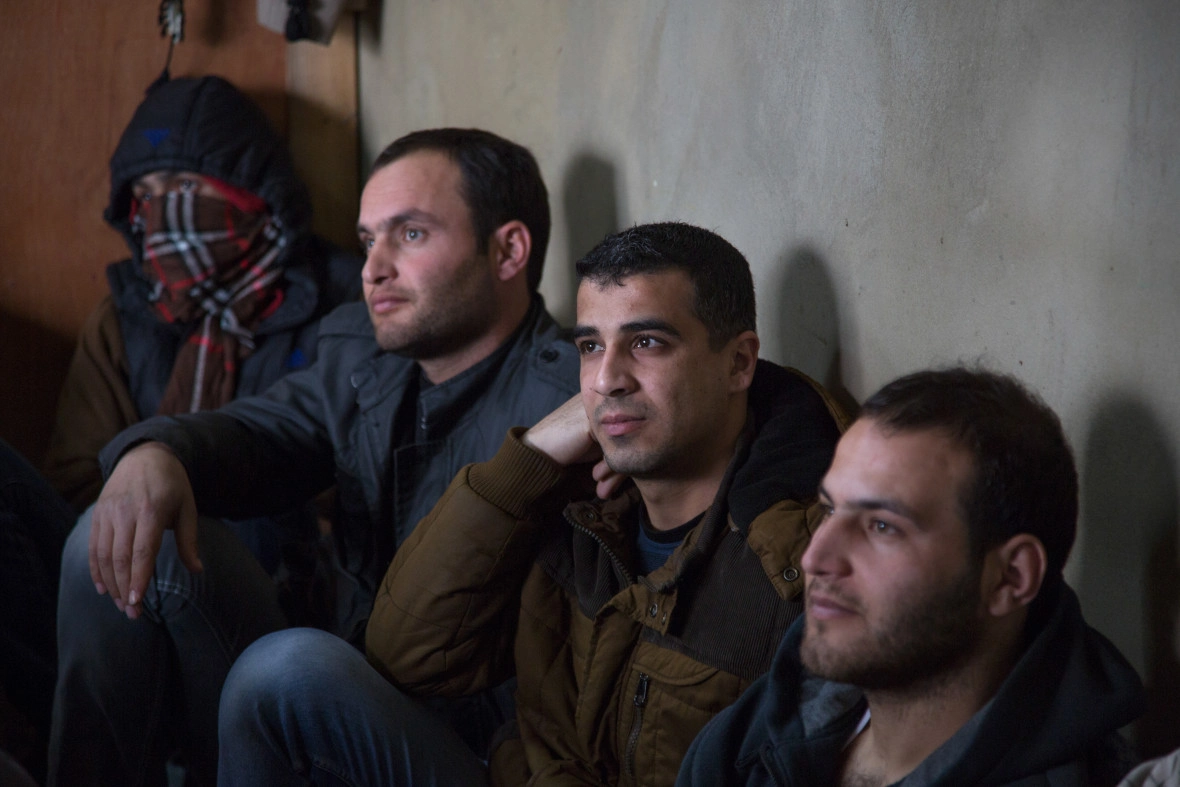
6. Conflict destroys financial safety nets…
For many in the Central African Republic, the effects of violence are still felt long after formal hostilities end. Communities whose assets were destroyed began to undertake the enormous task of rebuilding their lives.
Near the town of Bossembélé, Antoine*, a 47-year-old farmer, was displaced with his family of 15 for several months in the wilderness. Three years after his return, he told Concern: “We are [still] like refugees. We had to reconstruct everything from zero.”
7. …as well as psychological safety nets
Conflict casts a long shadow over the lives of some communities in Aweil North, near the border between Sudan and South Sudan, who recalled “the long war” between 1983 and 2005. As one member of a local health committee recalled: “The conflict caused us a lot of pain. Our children died, our cattle were taken away. I always dream that I will see my family again, but they will never come back. All that pain is in this place. What will make me smile again?”
For many like this committee member, even regaining homes, livelihoods, and food security cannot undo the psychological damage that’s inherent in war. Often the communities most affected by trauma are also those who have the fewest resources for psycho-social support on top of everything else.
8. Conflict can lead to more conflict
Conflict can be cyclical. The Conflict Prevention Network of the European Commission points to four stages within this cycle:
- Stable peace
- Unstable peace
- High tension
- Open conflict
As we’ve seen with many of the people Concern has served before, during, and after conflicts, the alternative to open conflict is rarely stable peace. The threat of slipping back into violence is also a lasting legacy of conflict. To this day, many of Antoine’s friends and neighbors from Bossembélé stay away out of fear. As one woman explained: “Only the brave came back”.
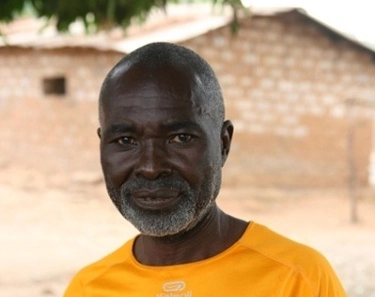
The stories of communities on the border of Sudan and South Sudan, stories of lives destroyed by the last civil war, are also a stark reminder of the cyclical nature of many conflicts. The timeline of crises in the Democratic Republic of Congo and Syria show how important it is to understand the historical (as well as political and social) context of a crisis.
The cycle can be broken
The accounts shared by individuals for this report — and throughout Concern’s 50+ years of working in crisis zones — demonstrate the urgent need to respond to conflict, address its impacts, and work with communities to resolve and prevent it.
When rooted in evidence and best practices, supporting locally-owned peace-building initiatives can have a profound impact on communities’ chances for a more stable future. In the Central African Republic, for example, Concern works with communities to establish or re-engage structures at the local level for managing conflicts. In some cases, these existed before the crisis, but were destroyed in the subsequent conflict.
Helping communities to rebuild inclusive institutions after violence can be a vital step in re-establishing peace and rebuilding social cohesion. As part of a five-year program, committees will be trained in mediation skills and non-violent conflict resolution. Beyond conflict management alone, community structures will also be trained and supported in initiatives to reduce gender-based violence and environmental vulnerability. Integrated approaches of this kind, that recognize the complex, unequal and often gendered consequences of conflict, help the whole community enjoy the dividends of sustainable peace.
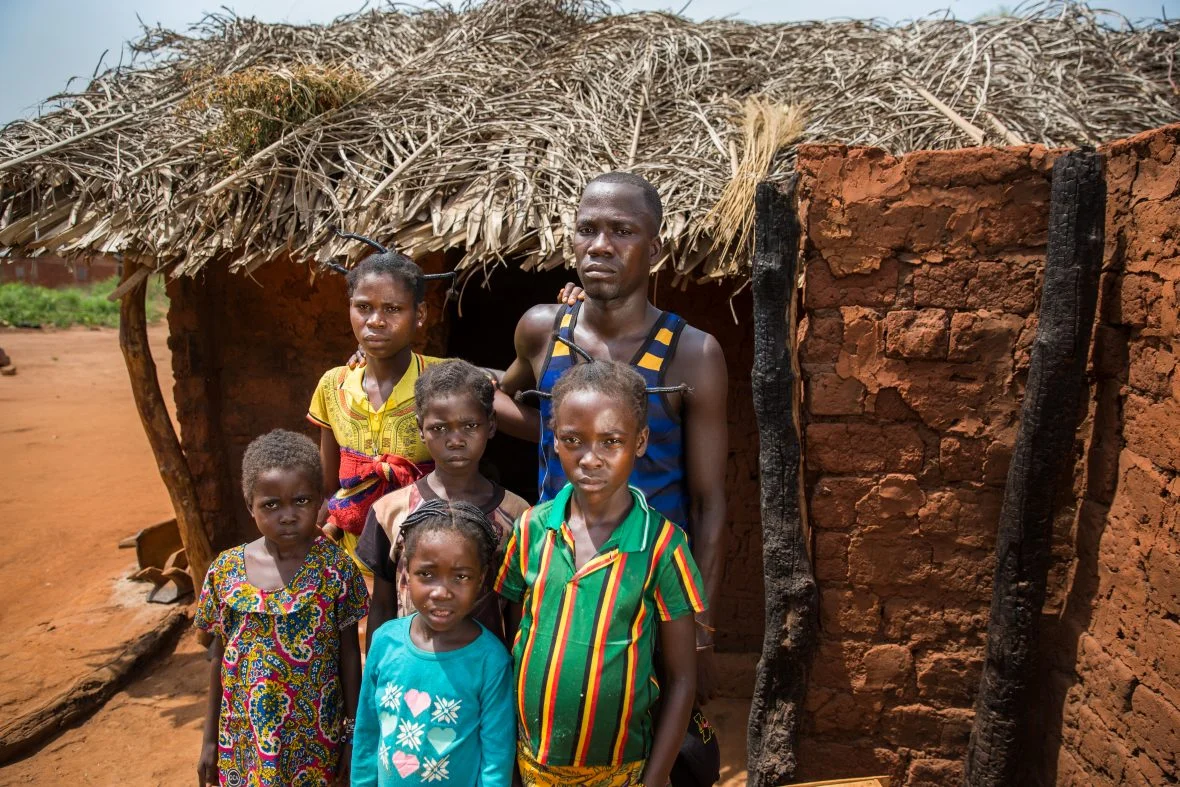
Although the drivers and consequences of conflict are enormously complex and multi-faceted, concerted locally-led action in three key areas can help communities build lasting peace:
- Integrating peace programming to address peace-building, alongside conflict’s complex drivers and consequences
- Supporting relationship-building and the transformation of social norms in conflict-affected communities
- Reinforcing systems for more effective, sustainable, and inclusive conflict management.
The task of addressing conflict can appear insurmountable. But inaction is not an option. Maintaining the status quo costs countless lives. As the successful end to conflicts that once seemed intractable shows, wars do end.
*Names have been changed to protect identities.

